Hey there, Malaysia! 🌏 Are you feeling the pinch of the housing crisis? With rising prices and a growing population, it’s getting tough to find affordable homes that meet our needs. But don’t worry—there’s a game-changer in town: prefab construction! 🏗️ In this article, we’ll dive into how this innovative approach is not just faster and cheaper, but also smarter for our homes. Imagine a way to tackle the housing shortage while still keeping quality in check. Sounds good, right? Let’s explore how prefab construction is stepping up to the plate and changing the game for us all! 💪🏡
Innovative Approaches in Prefab Technology Revolutionizing Construction
Prefab construction is bringing a fresh perspective to the construction sector in Malaysia—think of it as the tech-savvy cousin of traditional building methods. With components like walls, floors, and roofs produced off-site, this approach allows for rapid assembly on location, cutting down on the time usually spent on construction. Imagine homes rising like mushrooms after the rain! Not only does this method accelerate timelines, but it also reduces labor costs, making housing more affordable for everyone.
One of the most thrilling aspects of prefab technology is its sustainability factor. Eco-friendly materials and energy-efficient designs are now at the forefront, helping to tackle not just the housing crisis but also environmental concerns. By utilizing reclaimed materials and minimizing waste during production, the built environment aligns with Malaysia’s green building initiatives. The result? Homes that aren’t just built quickly but are also kind to our planet.
Moreover, let’s not forget the customization opportunities that prefab construction offers. Builders can now offer homeowners tailored options that fit their unique needs and styles, without stretching the budget. Factors such as size, layout, and finishes can be pre-set in the factory, ensuring high quality and consistency. It’s like putting together your very own LEGO house, where the possibilities are endless! As a result, we’re seeing neighborhoods filled with distinctively beautiful homes that reflect the diversity of Malaysian culture.

Understanding the Housing Crisis in Malaysia: Current Challenges and Opportunities
The housing crisis in Malaysia is a complex issue, but one innovative solution that’s gaining traction is prefab construction. This method stands out as a considerable shift from traditional building techniques, offering a new promise for affordable and timely housing. With rising costs and extended project timelines plaguing the construction industry, prefab homes bring an opportunity for a more streamlined approach, allowing developers to provide quick and cost-effective housing options for the population.
One of the most significant benefits of prefab construction is its speedy assembly. With key components manufactured in controlled factory settings, the timeline for building homes is drastically reduced. Considerations like adverse weather and labor shortages, which often delay traditional construction, are minimized with prefab techniques. Homes that typically took months to construct can now be completed in just a few weeks. This accelerated process is critical in addressing the urgent demand for housing in urban areas where population growth is outpacing supply.
Moreover, using prefab construction can also lead to substantial cost savings. Not only do the faster build times reduce labor costs, but there are also opportunities for material efficiency. With precise engineering and manufacturing processes, waste is minimized, and the overall budget for construction projects can be significantly lowered. For instance, the table below highlights key cost comparisons between traditional and prefab methods:
| Aspect | Traditional Construction | Prefab Construction |
|---|---|---|
| Build Time | 6-12 months | 3-6 weeks |
| Labor Costs | High | Reduced |
| Material Waste | High | Minimal |
As environmental concerns grow, embracing prefab construction also opens up avenues for using eco-friendly materials and sustainable building practices. The modular approach allows for easier integration of green technologies, making it a viable option for Malaysia’s future housing development. By leveraging innovations in construction technology, Malaysia can tackle its housing crisis more effectively, paving the way for smarter, more sustainable cities.
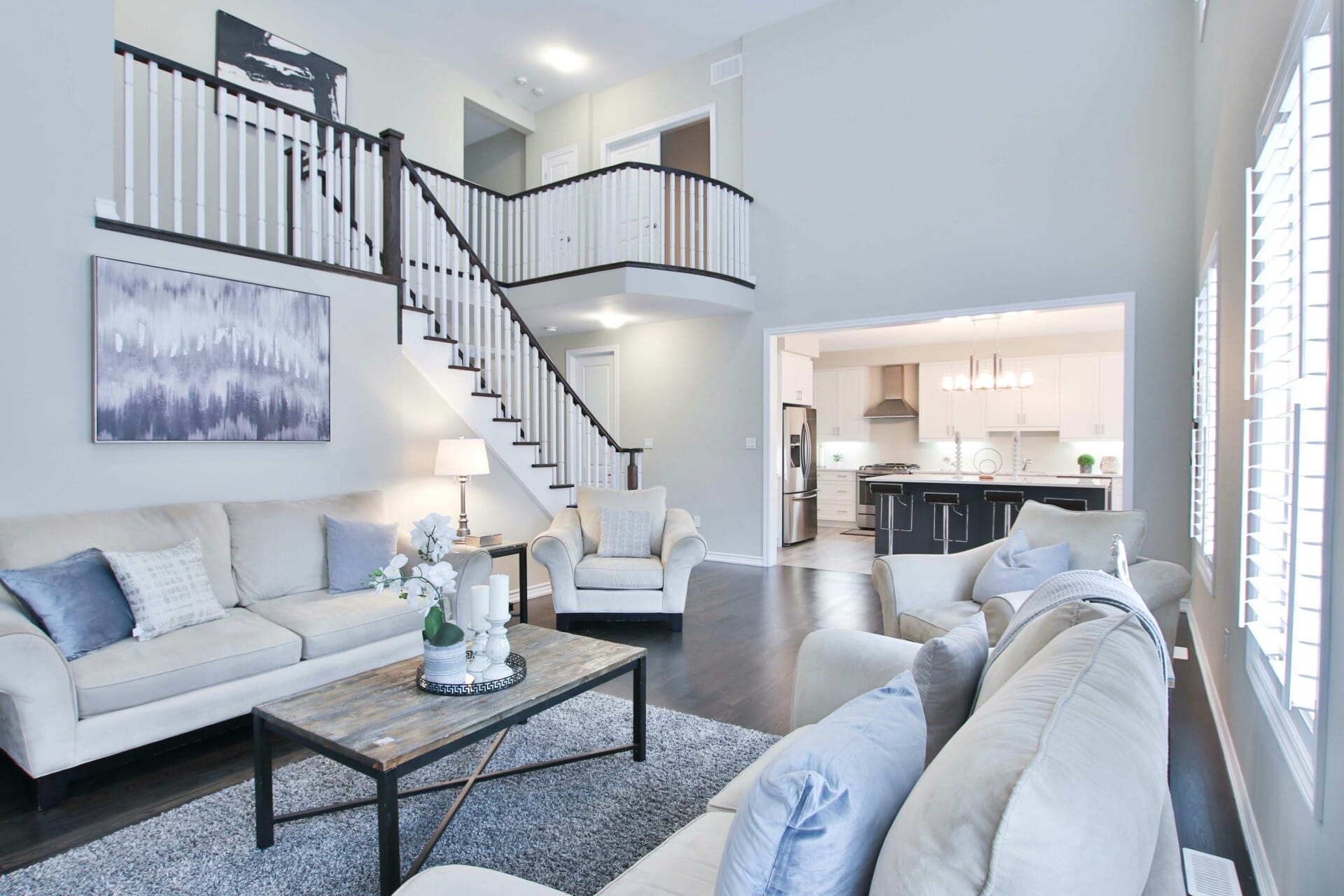
The Economic Advantages of Prefabricated Homes in Urban Development
Prefabricated homes are shaking things up in urban development, and Malaysia is reaping the rewards. One of the biggest economic advantages of prefab construction is the significant reduction in overall costs. With traditional building methods, expenses can pile up quickly due to delays and unexpected issues. Prefab homes, on the other hand, are constructed in a controlled environment, which minimizes waste and optimizes resources. This efficiency translates into lower construction costs, making housing more affordable for everyone involved.
Moreover, the speed of construction is a game-changer. Instead of waiting months or years for a home to be built, prefabricated units can be assembled in a fraction of the time. This rapid turnaround not only helps meet the urgent housing demands in urban areas but also allows developers to capitalize on quick returns. Faster project completion means the possibility of getting more units on the market sooner, directly addressing Malaysia’s growing population and housing crisis.
| Benefits | Traditional Homes | Prefab Homes |
|---|---|---|
| Construction Time | Up to 12 months | 3-6 months |
| Cost Efficiency | High initial costs | Lower overall costs |
| Waste Management | Significant waste | Minimal waste |
This approach also opens the door for new job opportunities in the local economy. As prefab construction gains traction, there’s a rising demand for skilled workers in the manufacturing and assembly processes. This boosts the local job market while also fostering a more sustainable development model. With the ability to scale projects rapidly, communities can finally begin to see a tangible solution to the housing challenges that have long plagued urban Malaysia.
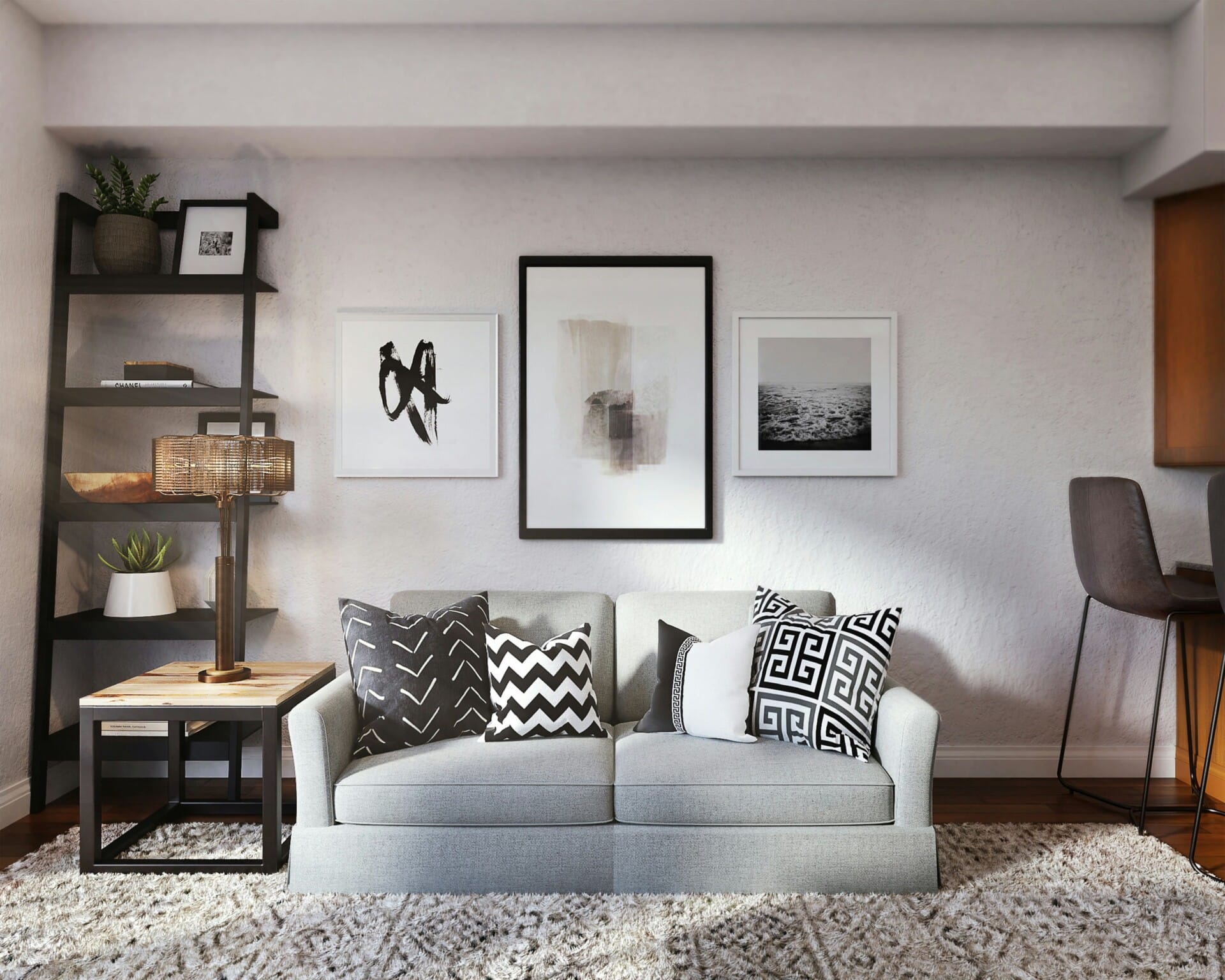
Timelines Transformed: How Prefab Construction Accelerates Housing Delivery
The introduction of prefab construction has dramatically changed the landscape of housing delivery in Malaysia. By embracing prefabricated materials and components, developers can streamline the building process like never before. This means that homes can be constructed in a fraction of the time compared to traditional methods, opening the door for quicker occupancy—ideal for a country facing a pressing housing crisis. With modular designs, each unit can be fabricated off-site, while site preparation gets underway simultaneously, effectively slicing construction timelines in half!
Moreover, choosing prefab doesn’t just speed things up; it also brings down costs significantly. Building in controlled environments reduces waste and allows for better quality control, meaning that less money goes down the drain. The upfront savings can be redirected towards enhancing community amenities or improving the overall quality of housing. Some key benefits include:
- Lower labor costs: Fewer workers on-site during construction means reduced labor expenses.
- Efficient use of materials: Precision in manufacturing leads to less waste.
- Faster project turnover: Quick delivery means faster returns on investment.
Not to mention, the sustainability factor! Prefab construction often utilizes eco-friendly materials and techniques, which align perfectly with Malaysia’s goals for greener living. By adopting this innovative approach, Malaysia isn’t just building houses; it’s fostering sustainable communities. Let’s take a look at a few examples of how prefab is making a real difference:
| Project Name | Location | Completion Time | Cost Savings |
|---|---|---|---|
| Green Homes Project | Kuala Lumpur | 6 months | 20% less than traditional builds |
| Eco Village | Penang | 8 months | 15% less than traditional estimates |
| Urban Modular Living | Selangor | 5 months | 10% below budget |
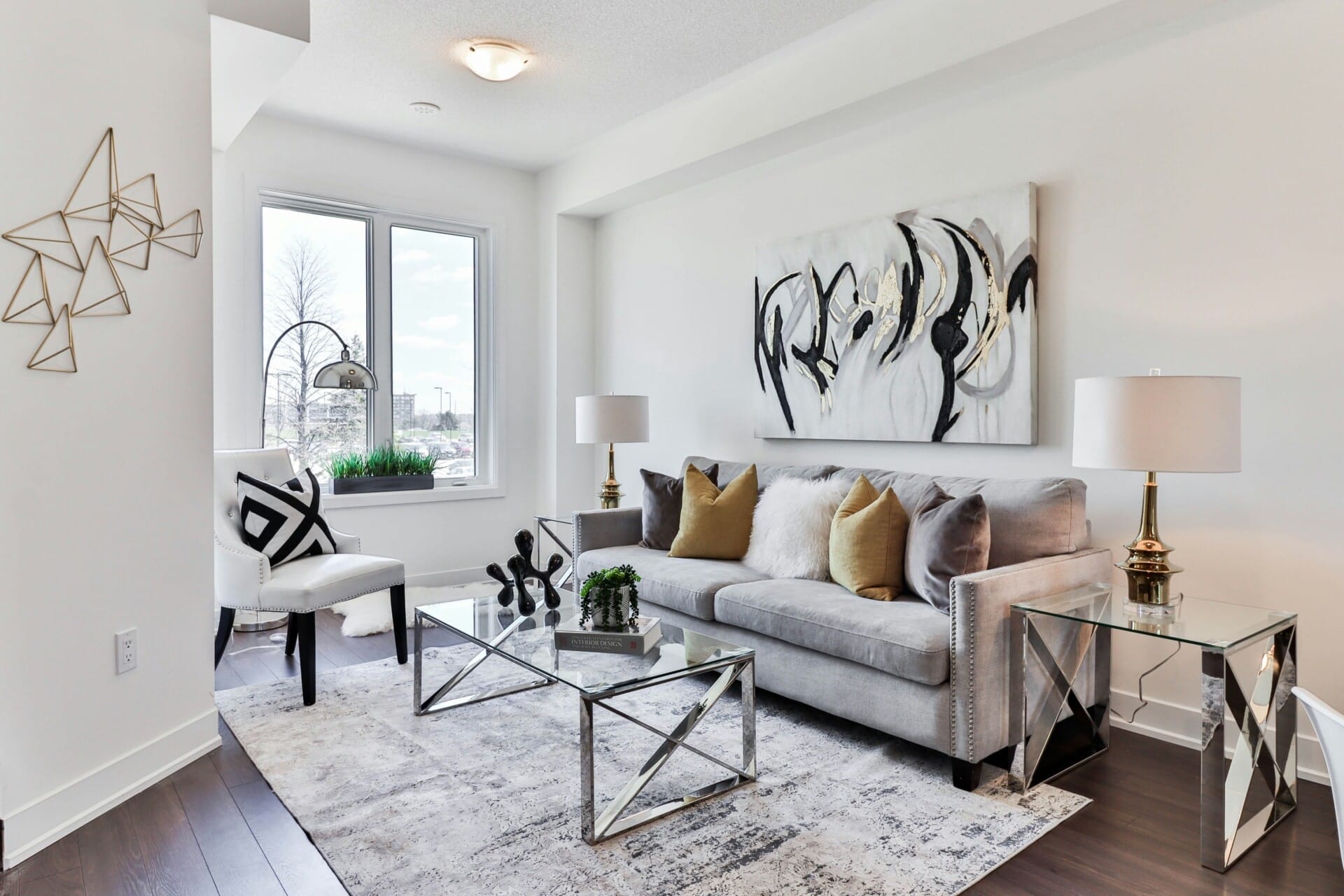
Sustainability in Design: Energy Efficiency and Environmental Benefits of Prefab
Prefab construction is not just about quick builds; it’s a game changer for our environment, too. By using pre-manufactured components, it slashes waste significantly. Traditional construction often results in heaps of debris, but with prefab, much of that material is used efficiently. This means fewer resources are wasted, protecting our lush Malaysian landscape while keeping costs low. It’s like giving Mother Nature a helping hand while also building homes for our growing population.
Another standout feature of prefab homes is their energy efficiency. These structures can be designed with superior insulation, which helps regulate temperature without over-relying on air conditioning. So, not only do homeowners save on energy bills, but they also play a part in reducing the overall carbon footprint. Some benefits include:
- Lower Energy Costs: Better insulation means less energy consumption.
- Smart Technologies: Many prefab designs include solar panels or energy-efficient appliances.
- Durability: Built to last, which means fewer resources spent on repairs or replacements.
When you look at the environmental impact, prefab construction shines in several aspects. Not only does it utilize materials more effectively, but it also encourages local sourcing. This leads to reduced transportation emissions, as materials are often sourced closer to the building site. Here’s a quick glance at the benefits:
| Benefit | Description |
|---|---|
| Waste Reduction | Minimizes construction waste through efficient prefabrication. |
| Energy Savings | Lower operational costs due to energy-efficient designs. |
| Reduced Carbon Footprint | Less transportation and material-use emissions. |
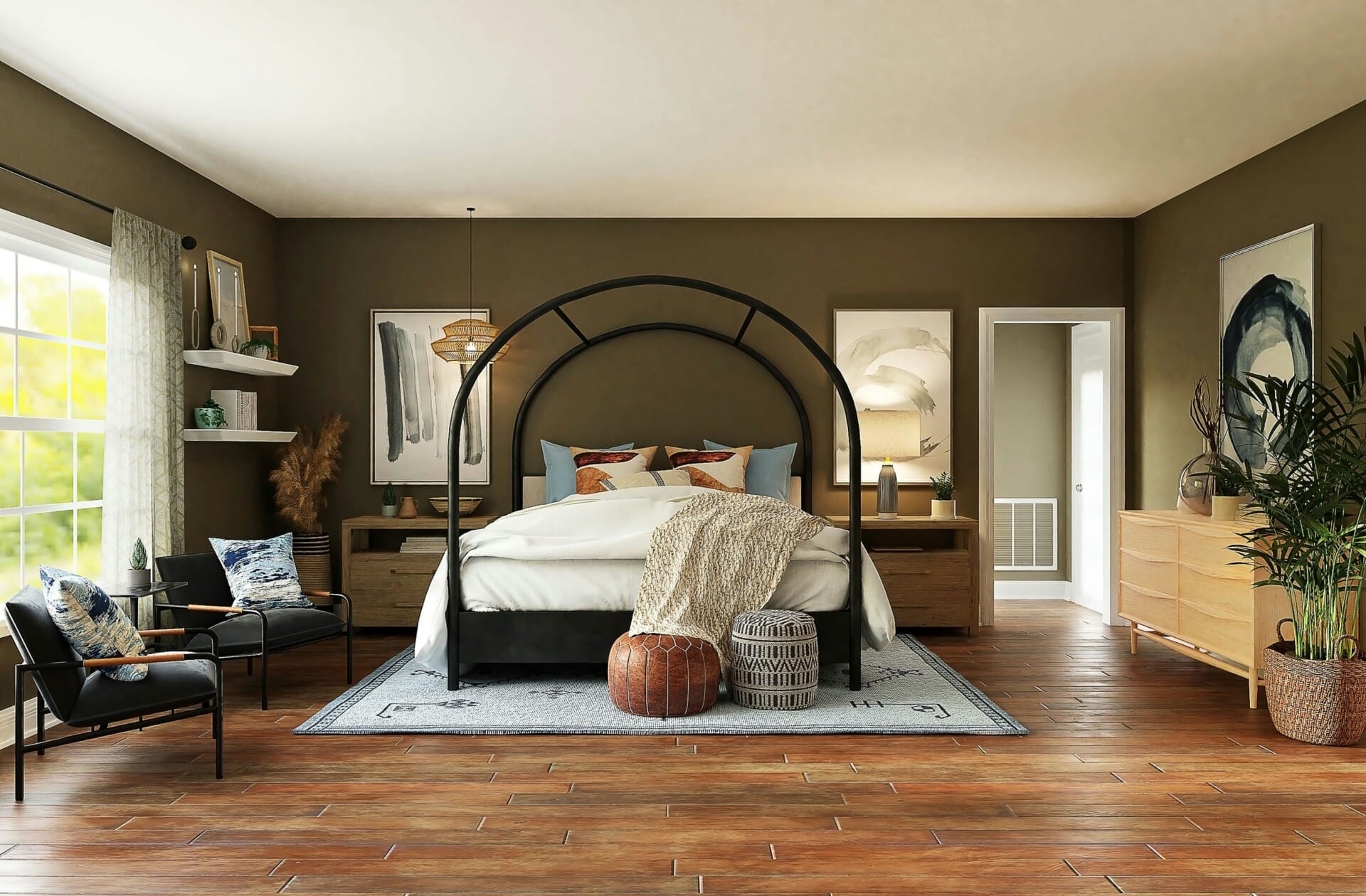
Boosting Local Economies: Job Creation through Prefab Manufacturing
As prefab manufacturing gains traction in Malaysia, the ripple effects on local economies are becoming increasingly apparent. This innovative construction method not only streamlines housing projects but also fosters significant job opportunities at various stages of the production process. From factory workers to skilled technicians, the demand for talent is on the rise, translating into vibrant employment opportunities for community members. It’s a win-win situation where we get affordable housing while boosting our local workforce.
Moreover, by establishing factories and workshops closer to urban areas, prefab manufacturing helps create a sustainable local ecosystem. Local suppliers benefit from increased business as they provide raw materials to these manufacturing units. This collaboration strengthens economic ties within communities. Here’s a quick glimpse of the positive impacts:
- Job Creation: More factories mean more workers and higher employment rates.
- Skill Development: Workers gain specialized skills in modern manufacturing techniques.
- Supporting Local Businesses: Increased demand for local materials boosts small and medium enterprises.
In addition to the job market thriving, local municipalities can expect improved revenue streams, thanks to increased business activities. The tax generated from these factories can be reinvested into community development projects, like schools and parks. To illustrate the broader impact of prefab manufacturing on Malaysian jobs, we can take a look at the following summary:
| Factory Type | Job Roles Created | Local Economic Impact |
|---|---|---|
| Prefab House Factory | Assembly Line Workers, Quality Control, Design Engineers | Boosts home ownership accessibility |
| Material Supply | Sourcing Agents, Delivery Staff, Warehouse Operators | Supports local construction supply chains |
| Logistics and Transport | Drivers, Logistics Coordinators | Enhances local transport services |
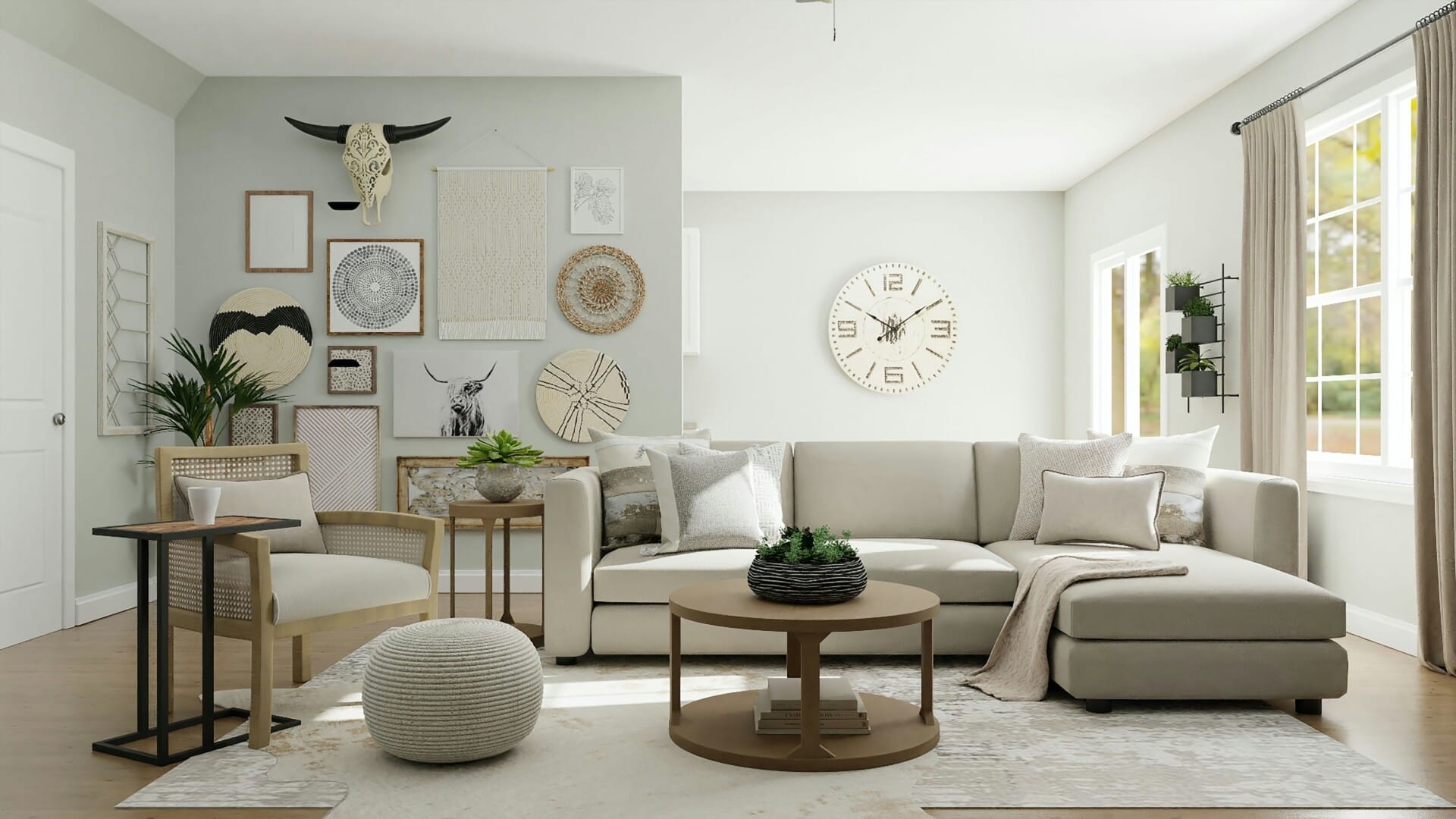
Policy Recommendations for Integrating Prefab in National Housing Strategies
To effectively integrate prefab construction into Malaysia’s national housing strategies, it’s crucial to focus on creating a supportive policy framework. First, policymakers should emphasize the development of incentives for developers and investors who choose prefab methods. These could include tax breaks, grants, and subsidized loans aimed at reducing the initial capital barrier. Such measures could spur innovation and encourage the adoption of prefab in large-scale housing projects.
Additionally, there must be a concerted effort to enhance training programs for workers in the construction industry. This should include specialized courses and workshops on prefab technology and methods. By upskilling the current workforce, Malaysia can ensure that the manpower available for prefab construction is not only sufficient but also proficient. Strong partnerships between educational institutions and the prefab industry can lead to a steady pipeline of qualified professionals.
implementing a streamlined regulatory process for gaining permits and approvals for prefab projects will be pivotal. Currently, the lengthy bureaucratic hurdles can deter projects from getting off the ground. Creating a one-stop service for all necessary permits will simplify the process, encouraging more developers to opt for prefab solutions. By adopting a more agile regulatory approach, Malaysia can embrace a future where affordable housing is readily available through innovative and efficient construction methods.
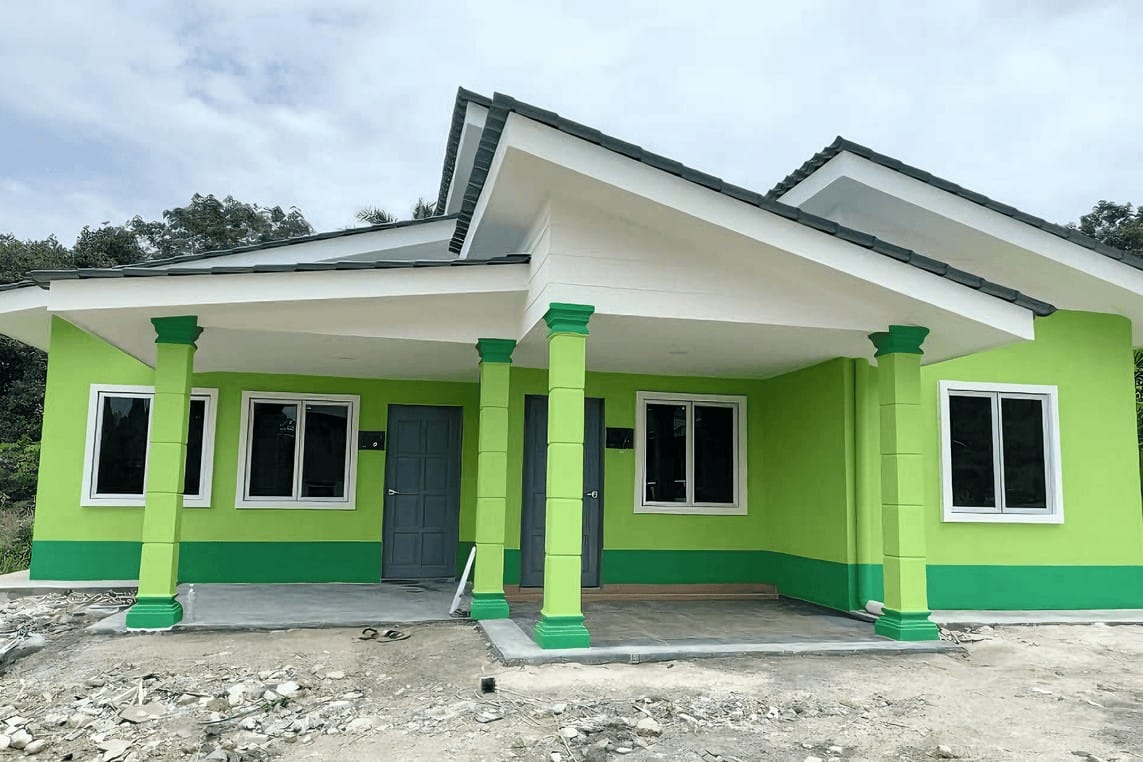
Case Studies of Successful Prefab Projects and their Impact on Communities
Across Malaysia, prefab construction is transforming neighborhoods and elevating community engagement. One compelling example can be seen in the successful completion of the EcoHome Project in Selangor, where over 1,000 sustainable prefab units were assembled in just under six months. This initiative not only provided rapid housing solutions for families in need but also emphasized eco-friendly designs. The community saw a noticeable drop in construction waste, promoting better environmental practices among homeowners. It’s heartening to see how prefab can lead to more than just shelter – it’s fostering sustainable living.
Another noteworthy instance is the Smart City Cluster in Penang, designed as an integrated residential and commercial hub. The use of prefab technology here has created a vibrant community atmosphere, where modern facilities are readily accessible. Not only did it significantly reduce construction time, but the project also offered a boost to local businesses. By sourcing materials locally and hiring local labor, the community is experiencing an economic uplift, showcasing how prefab projects can create jobs and energize neighborhoods.
| Project Name | Location | Units Built | Completion Time | Community Impact |
|---|---|---|---|---|
| EcoHome Project | Selangor | 1,000 | 6 Months | Eco-friendly living |
| Smart City Cluster | Penang | 300 | 4 Months | Local job creation |
The Green Village Initiative in Johor stands out as a community-driven project where locals played an active role in the design and execution of their homes. Leveraging prefab technology, this project embraced traditional architecture while incorporating modern materials. Each unit is meticulously designed to ensure optimal energy efficiency, contributing to reduced bills for residents. The initiative has sparked pride among community members, illustrating how collaborative efforts in prefab construction can lead to personalized homes that reflect local culture.
In Conclusion
As we wrap things up, it’s clear that prefab construction is stepping up to be a game changer in Malaysia’s housing scene. With its speed, cost-effectiveness, and quality, it’s not just about putting roofs over heads anymore—it’s about building homes that work for everyone. As we embrace these innovative solutions, we’re looking at a brighter future where more Malaysians can have the keys to their dream homes in hand, and do so without breaking the bank.
So, whether you’re a homeowner dreaming of a cozy nest or part of the building community looking for smarter ways to construct, the prefab movement is definitely worth keeping an eye on. Here’s to a future where housing isn’t just a dream, but a reachable reality for all Malaysians! Until next time, let’s continue to think outside the box—or should we say, the prefab! 🏠✨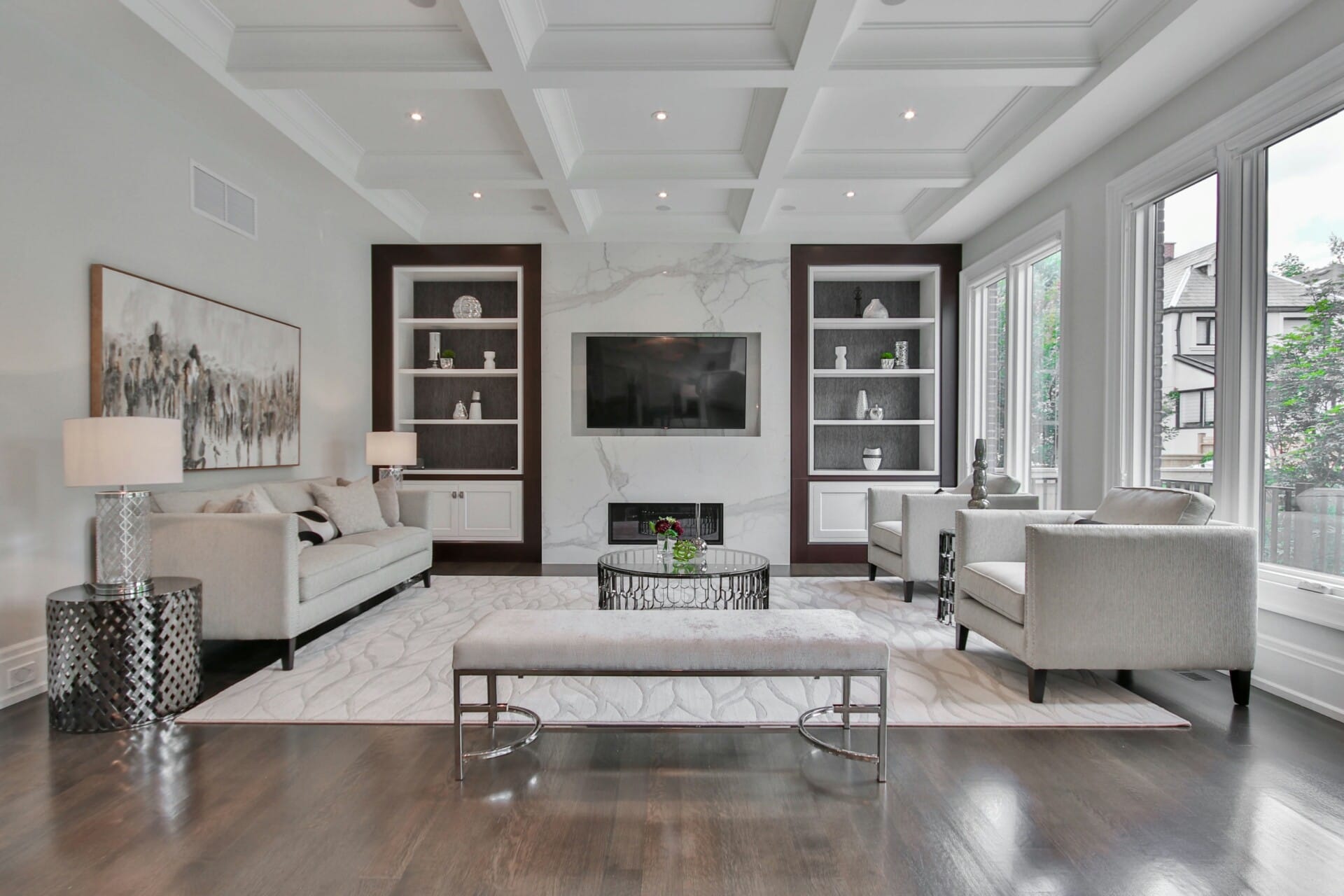
Source link
kontraktor rumah
bina rumah
pinjaman lppsa
pengeluaran kwsp
spesifikasi rumah
rumah batu-bata
pelan rumah
rekabentuk rumah
bina rumah atas tanah sendiri
kontraktor rumah selangor
rumah banglo



